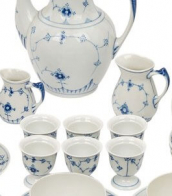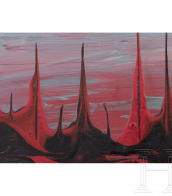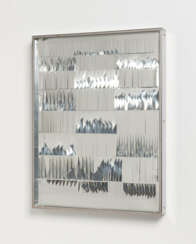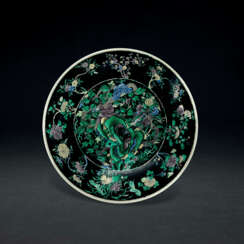melle




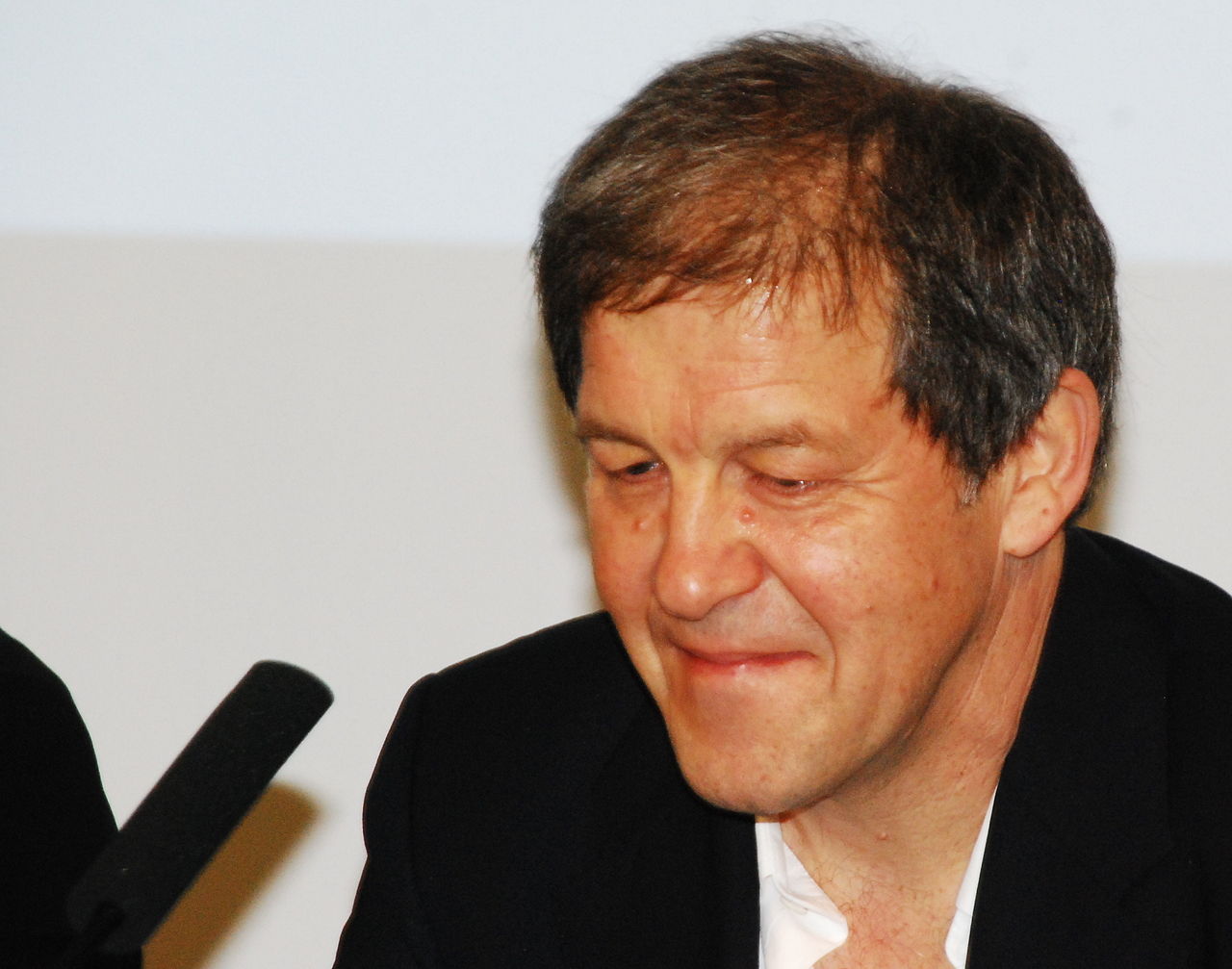
Ernst Caramelle is an Austrian artist. He is known for his conceptual art, which often involves the use of painting and drawing as a means of exploring the relationship between perception and representation.
Caramelle studied at the University of Applied Arts in Vienna and later taught at the Academy of Fine Arts Vienna. His work is characterized by a playful approach to art-making, often blurring the boundaries between painting, drawing, and installation.
Caramelle's work often involves the use of trompe-l'oeil techniques and other visual illusions, inviting viewers to question their perception of the art object and the space in which it is displayed. He frequently incorporates architectural elements into his work, creating site-specific installations that engage with the surrounding environment.
Caramelle has exhibited his work internationally, including at the Venice Biennale, the Documenta in Kassel, and the Museum of Modern Art in New York. He has also been awarded numerous awards and honors, including the Grand Austrian State Prize for Visual Arts in 2013.


Ernst Caramelle is an Austrian artist. He is known for his conceptual art, which often involves the use of painting and drawing as a means of exploring the relationship between perception and representation.
Caramelle studied at the University of Applied Arts in Vienna and later taught at the Academy of Fine Arts Vienna. His work is characterized by a playful approach to art-making, often blurring the boundaries between painting, drawing, and installation.
Caramelle's work often involves the use of trompe-l'oeil techniques and other visual illusions, inviting viewers to question their perception of the art object and the space in which it is displayed. He frequently incorporates architectural elements into his work, creating site-specific installations that engage with the surrounding environment.
Caramelle has exhibited his work internationally, including at the Venice Biennale, the Documenta in Kassel, and the Museum of Modern Art in New York. He has also been awarded numerous awards and honors, including the Grand Austrian State Prize for Visual Arts in 2013.


Ernst Caramelle is an Austrian artist. He is known for his conceptual art, which often involves the use of painting and drawing as a means of exploring the relationship between perception and representation.
Caramelle studied at the University of Applied Arts in Vienna and later taught at the Academy of Fine Arts Vienna. His work is characterized by a playful approach to art-making, often blurring the boundaries between painting, drawing, and installation.
Caramelle's work often involves the use of trompe-l'oeil techniques and other visual illusions, inviting viewers to question their perception of the art object and the space in which it is displayed. He frequently incorporates architectural elements into his work, creating site-specific installations that engage with the surrounding environment.
Caramelle has exhibited his work internationally, including at the Venice Biennale, the Documenta in Kassel, and the Museum of Modern Art in New York. He has also been awarded numerous awards and honors, including the Grand Austrian State Prize for Visual Arts in 2013.


Ernst Caramelle is an Austrian artist. He is known for his conceptual art, which often involves the use of painting and drawing as a means of exploring the relationship between perception and representation.
Caramelle studied at the University of Applied Arts in Vienna and later taught at the Academy of Fine Arts Vienna. His work is characterized by a playful approach to art-making, often blurring the boundaries between painting, drawing, and installation.
Caramelle's work often involves the use of trompe-l'oeil techniques and other visual illusions, inviting viewers to question their perception of the art object and the space in which it is displayed. He frequently incorporates architectural elements into his work, creating site-specific installations that engage with the surrounding environment.
Caramelle has exhibited his work internationally, including at the Venice Biennale, the Documenta in Kassel, and the Museum of Modern Art in New York. He has also been awarded numerous awards and honors, including the Grand Austrian State Prize for Visual Arts in 2013.






Heinz Mack is a German artist. Together with Otto Piene he founded the ZERO movement in 1957. He exhibited works at documenta in 1964 and 1977 and he represented Germany at the 1970 Venice Biennale. He is best known for his contributions to op art, light art and kinetic art.

 Пьер Боннар. «Автопортрет», 1889.jpg)
Pierre Bonnard was a distinguished French painter and printmaker, recognized as one of the foremost colorists of modern art. Born on October 3, 1867, in Fontenay-aux-Roses, France, Bonnard initially pursued law studies before embracing his true calling in art. He attended the École des Beaux-Arts and the Académie Julian, where his journey as an artist began in earnest.
Bonnard's art is characterized by its vibrant use of color and the portrayal of intimate, sunlit domestic interiors and gardens. His works often include scenes populated with friends and family, creating a narrative that is both personal and relatable. His distinctive style was influenced by Japanese prints, evident in his use of bold patterns and flat color planes. This influence earned him the nickname "Le Nabi très japonard" among his peers in the Les Nabis group, an avant-garde artists' group he joined in his twenties.
His early work, such as "Woman in Checkered Dress" (1890), showcases the influence of Japanese prints. Bonnard's talent was evident from the beginning of his career, with Claude Roger-Marx noting in 1893 his ability to capture fleeting poses and expressions. His work evolved over time, moving towards a style that resonated with the Intimists' focus on personal and intimate spaces.
Bonnard's wife, Marthe, was a recurring subject in his paintings, often depicted in everyday scenarios. Their relationship, spanning several decades, was a significant influence on his work. His paintings, such as "Dining Room on the Garden" and "Landscape at Le Cannet," demonstrate his mastery in capturing light and color, creating a sense of warmth and intimacy.
Bonnard's work remains influential and celebrated, with his paintings held in esteemed collections worldwide. His ability to transform everyday scenes into vibrant, color-filled canvases has made him a beloved figure in the world of modern art.
Art collectors and experts in the field will find Bonnard's work a study in the transformative power of color and composition. For those interested in staying updated on sales and auction events related to Pierre Bonnard's works, signing up for updates would provide valuable insights into this remarkable artist's enduring legacy.




































